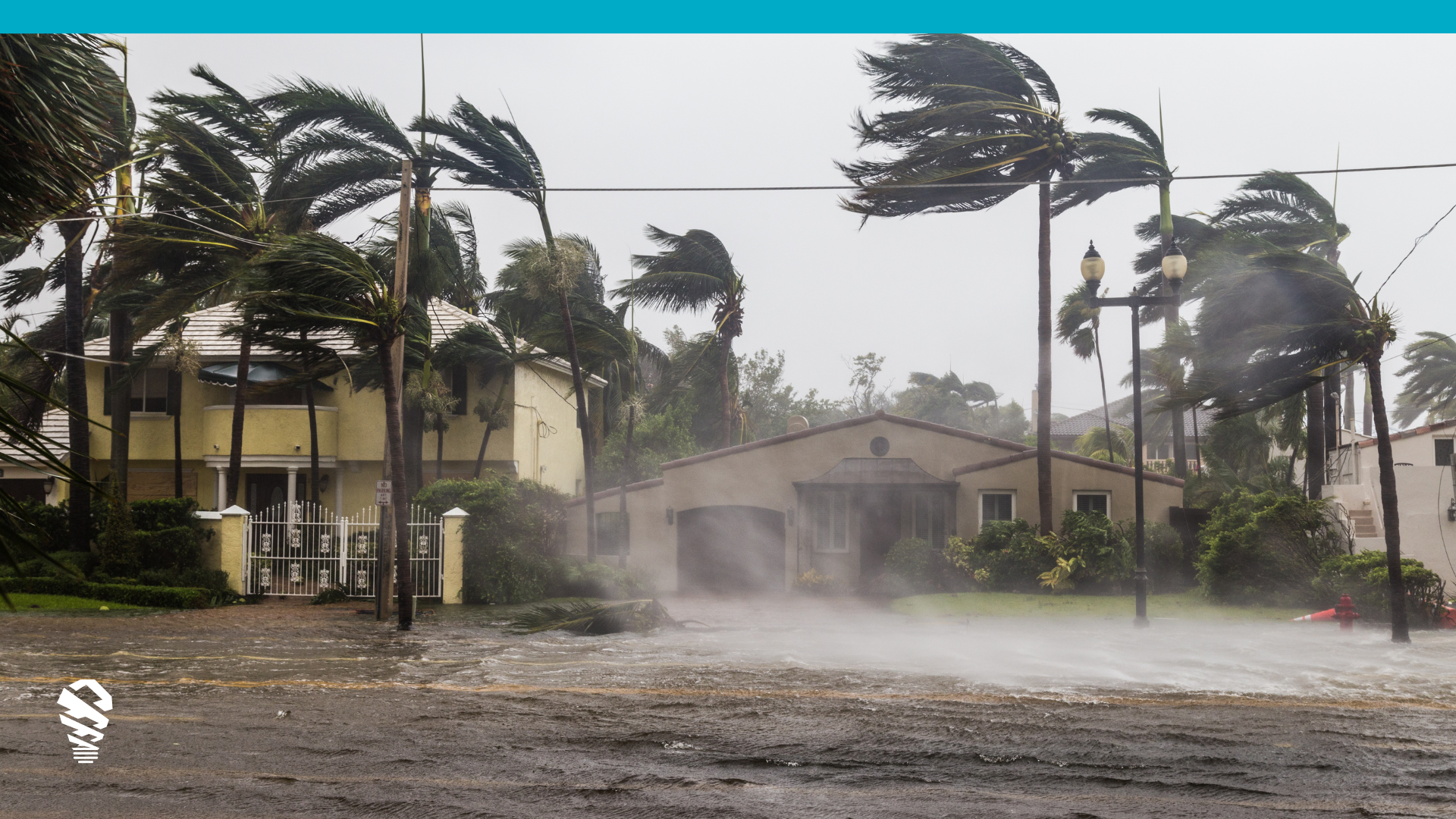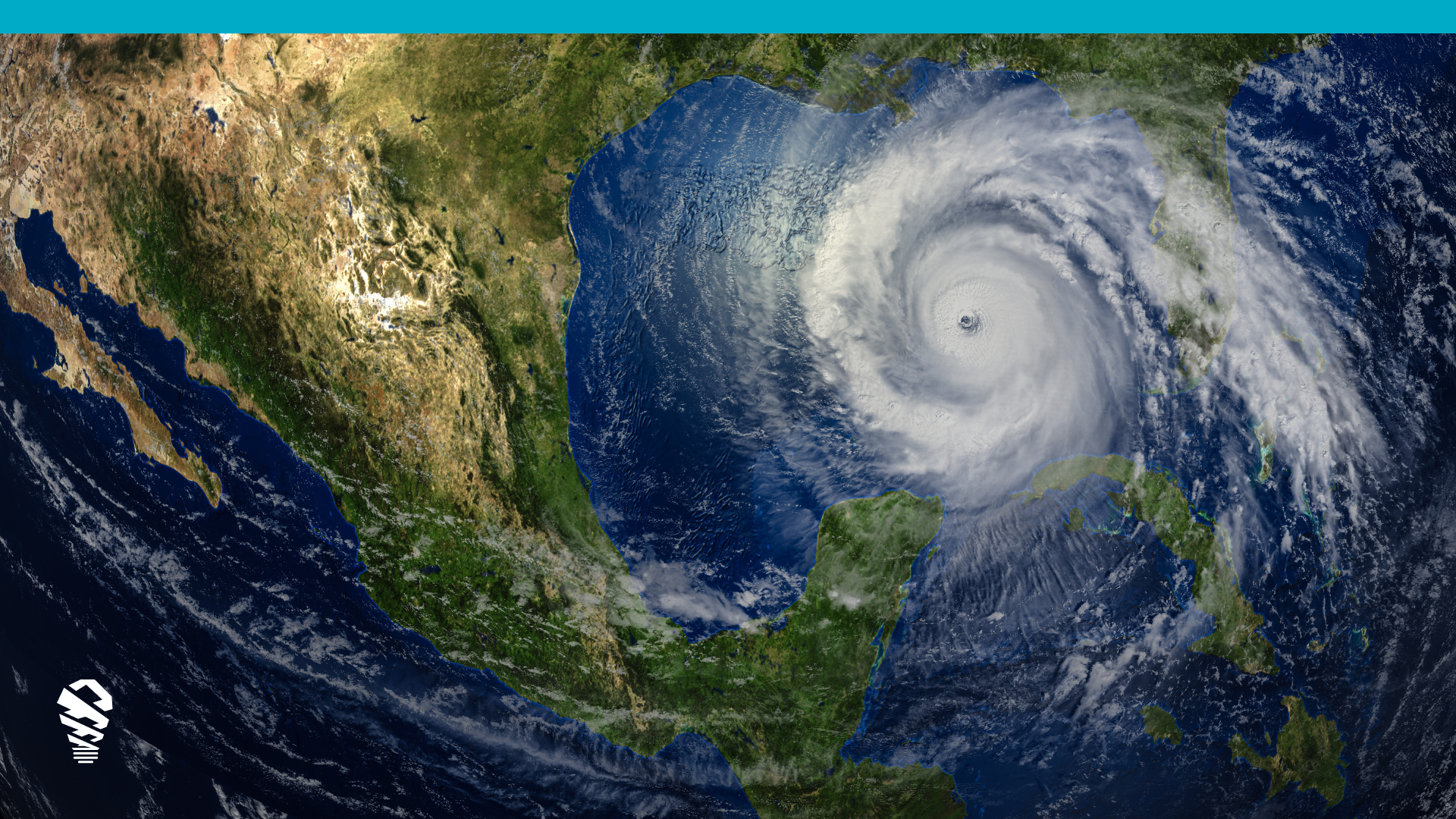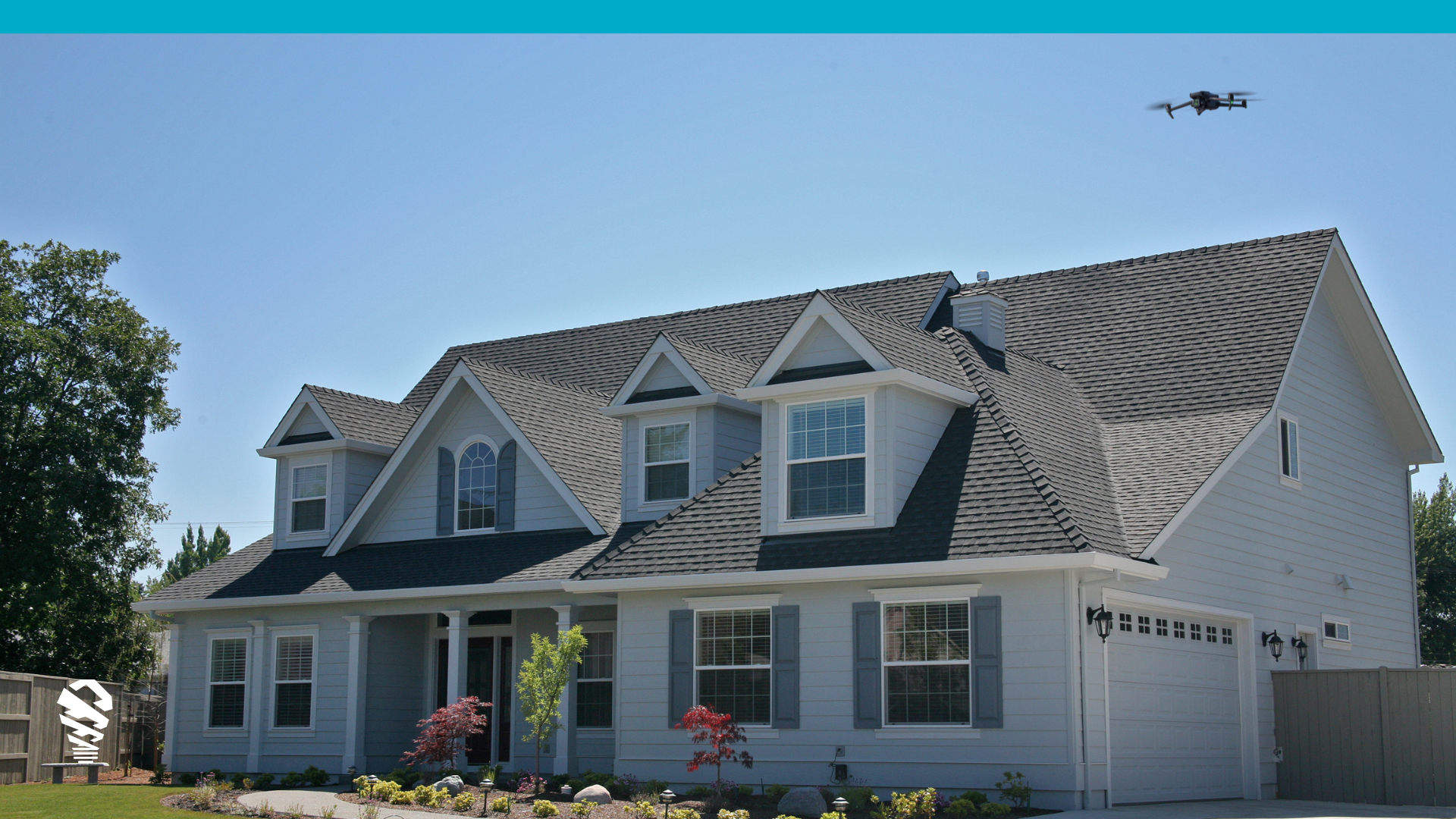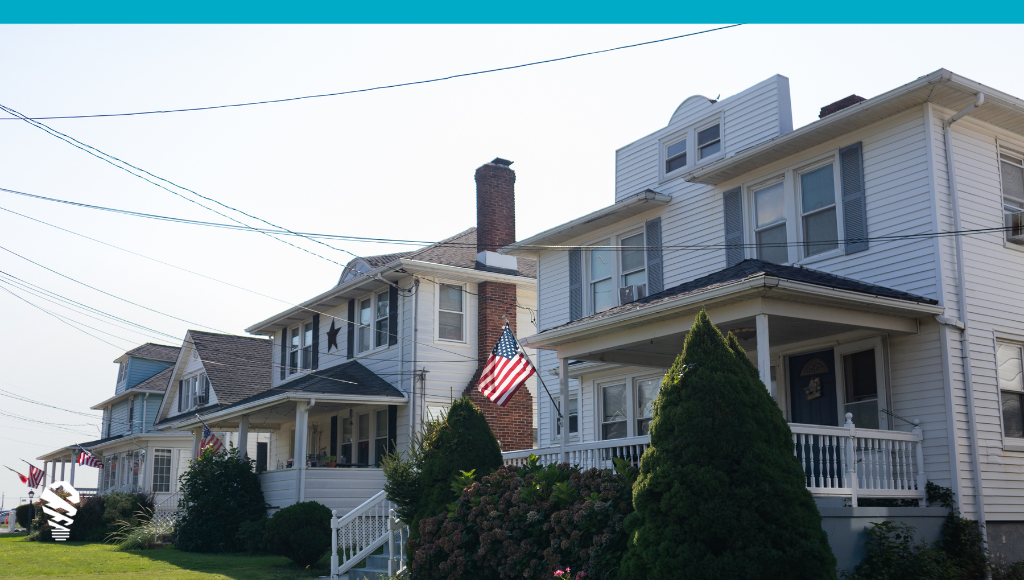The concept of Artificial Intelligence (A.I.) was once just science fiction. But these days, A.I. lives in everything from your smartphone to your refrigerator, and it’s already changing the insurance space in big ways. There are varying approaches to A.I. (see our article on A.I., machine learning, and deep learning), and many of these approaches make incredible new things possible for the insurance space. A.I. isn’t a replacement for people, but rather, it’s a valuable tool inspectors, adjusters, and underwriters can use to better analyze data. A.I. can help them get a clear picture of what data tells them about a roof and property.
Through many of our discussions with insurance professionals, we’ve encountered suspicion when it comes to A.I. for insurance. People say things like: “This is going to replace me, isn’t it?” and “Am I losing the ability to make my own decisions?” and “Don’t these just create more red tape.” We get it, but the thing is, some solutions on the market not only make it easier to collect more data, but also aid your decision-making. It’s not your replacement, it’s a tool the same way your smartphone and laptop are tools. A.I. opens the door to a better way to get your job done and it does it in some incredible ways. Let’s dig in.
Automated Drone Flights
Artificial intelligence makes automated flight plans possible. A flight system like the one built into IMGING will show you imagery of a home you’re about to fly and suggests a flight plan based on what it sees. From there, it’s a matter of refining a few things like the scan types and the height of the drone’s flight. In the field, you can do a quick pre-flight check and launch a drone to let it conduct an automated roof and property inspection. Thanks to A.I. and various sensors, the drone can orient itself, avoid objects, and get up-close-and-personal with a roof to gather detailed, ultra-high-resolution images.
Damage Detection
A drone flight can collect dozens of detailed images, but someone still needs to go through all those images to spot tiny hail hits, wind damage, and other roof-related issues. Deep learning tools can actually do that work for you, and let you know with a measurable degree of confidence where damage is on a roof top. From here, an inspector or adjuster can take a look at those points of damage and decide what should be repaired or replaced. Our recent launch of the IMGING Detect is at least one example of how damage detection can make the process of finding damage easier for insurance pros.
Material Detection
In order to build an estimate, you need to know what a roof is made of. Standard asphalt shingles? TPO? Aluminum? A combination? There are deep learning tools under development that can analyze a roof and tell you exactly what material it’s made from. While you can usually make an educated guess what material a roof is from the road, this technology will give you a greater level of confidence about a roof’s composition so there’s less guess work and more accuracy.
Test Square Scanning
Using aerial drones and A.I.-powered sensors and positioning systems, it’s now possible for a drone to maneuver itself above a roof to capture several data samples it can use to derive distance, slope, and lateral positioning relative to the roof. Next, it can adjust the camera gimbal to an exact angle, so it can capture an image with a 90-degree planar view of the roof representing a true 100 square feet. The output is a virtual test square that an adjuster or inspector can use the same way they would use a regular test square. We’re proud to have recently patented this particular approach to creating test squares with aerial drones, and we have a patent for another method on the way.
Risk Detection
Underwriters need to know whether a property is fenced off, if there’s a pool or trampoline, if there’s a dog or separate structure, and whether trees or shrubs are touching the home. 3D models let you look for these things manually, but deep learning tools currently under development will help you automatically identify these risks in seconds. Rather than spend time browsing a model, the system will serve up potential risks in much the same way it shows you where damage is. This reduces the need for multiple inspections of a home and gives both inspectors and underwriters confidence in clear, unbiased data.
Weather Modeling and CAT
There’s a bigger story for artificial intelligence when it comes to weather. As more large weather events like Hurricane Harvey occur, it becomes critical for insurance carriers to anticipate where these things will happen so they can gear up CAT teams to respond. In order to make educated guesses, they can lean on deep learning systems. As these systems collect more information about weather patterns, they become smarter and more capable of determining where and when things like hurricanes and tornadoes are likely to happen. Today, this isn’t an exact science, but in the near future it very well might be. With the right information, carriers can have CAT teams poised to offer assistance much more quickly so policyholders aren’t left wondering when they’ll get the help they need.
Conclusion
What we’ve covered here is just the first phase of how A.I. will change insurance. In the future, it’s possible a CAT team will know ahead of time where a large natural disaster might occur, and have hundreds of drones ready to fly from a central location. Underwriting will be able to anticipate new property risks thanks to larger stores of data and better ways to model risks. Claims professionals will be able to leverage all of the technology above to automate large portions of the estimating process. More than anything, customers will benefit from faster claims resolutions, more adequate coverage, and even lowered premiums as carriers find new efficiencies and better ways to respond to both small and large incidents.








